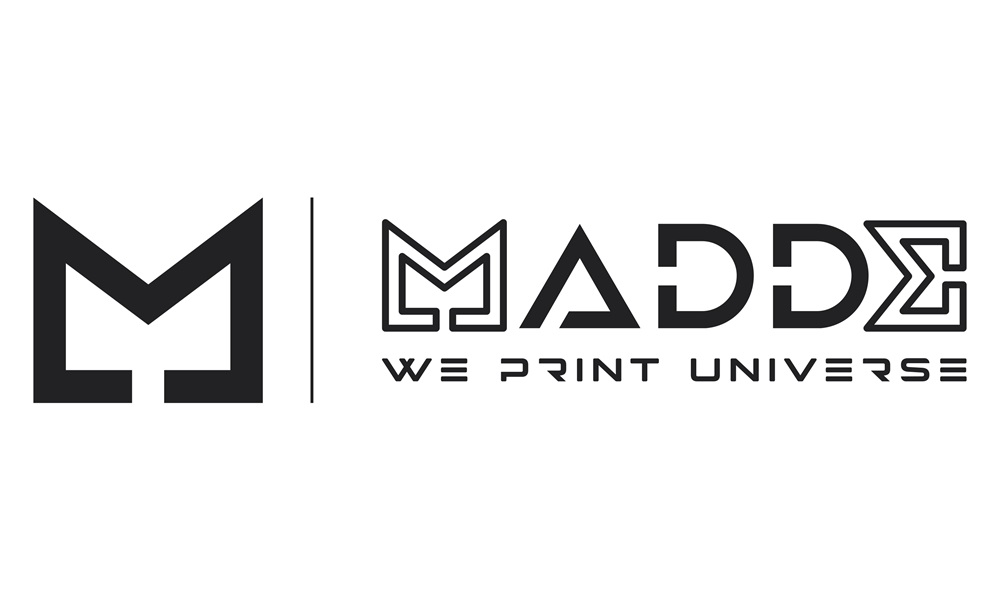MADDE Secures 2.6 Billion Won for Silicon Carbide 3D Printing Tech Expansion

The Korean 3D printing technology startup MADDE has secured 2.6 billion won in pre-Series A funding.
This investment comes about two months after MADDE was spun off from the Hyundai Motor Group in August, with participation from DSC Investment, Schmidt, Etri Holdings, and the Hyundai Motor Group.
MADDE is a startup that has secured technology for manufacturing components based on ‘silicon carbide (SiC)’ using 3D printers. Silicon carbide is stronger in high-temperature, high-voltage environments and consumes less power compared to silicon (Si), making it a key material for next-generation power semiconductors.
However, silicon carbide, with a hardness similar to that of diamonds, requires advanced production technology due to the difficulty involved in cutting and other forms of processing. On the other hand, the process is simplified when producing silicon carbide-based components using additive manufacturing equipment like 3D printers, significantly reducing processing time and costs and enabling the production of complex shapes.
MADDE plans to target the semiconductor component market, one of the advanced industries, using this technology. For this purpose, the investment will be used for improving 3D printer equipment, research and development (R&D), and expanding facilities. Specifically, construction will begin on a 561-square-meter production plant near Ttukseom in Seoul next month.
Subsequently, the company plans to expand into the aerospace and nuclear power sectors. Specifically, it will use 3D printers to produce various silicon carbide-based components, including the expansion section of rocket engine nozzles, satellite mirrors, and containers for nuclear fuel powder in small reactors. The design for optimizing component printing has already been completed.
MADDE’s CEO, Jo Shin-hoo, stated, “Through this investment, we will be able to establish a silicon carbide 3D printing pilot line,” and added, “We will continue to contribute to the development of domestic manufacturing through continuous development of additive manufacturing technology.”
MORE FROM THE POST
- MADDE Secures USD 8.1 Million in Series A to Advance 3D Printing Manufacturing
- Recycling Innovator ‘Terracle’ Raises KRW 10.5 Billion in Series A Funding
- Three Startups Emerge from Hyundai’s Venture Program Securing Pre-Series A Funding
- Connecteve Secures $3M funding for AI in Musculoskeletal Software and Surgical Robotics
- AES Tech Secures 4 Billion KRW to Advance Clean Hydrogen Production Technology
- 3D printing
- DSC Investment
- EN
- Etri Holdings
- funding
- Hyundai Motor Group
- Korea
- Korean startup
- MADDE
- pre-Series A
- Schmidt
- silicon
- silicon carbide
Share
Most Read
- 1
- 2
- 3
- 4
- 5



Leave a Reply